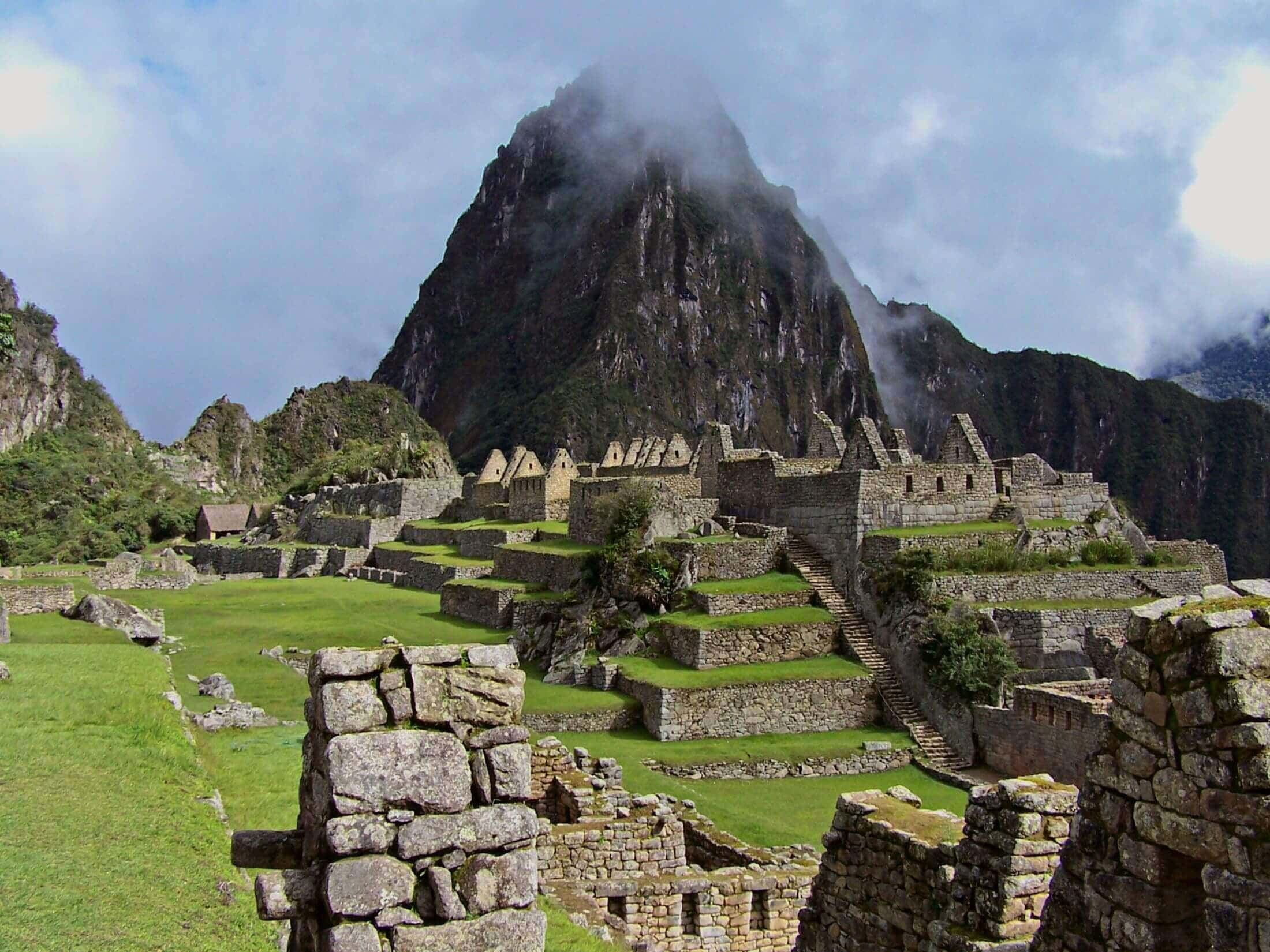The initial list of the “7 wonders of the ancient world” was compiled by Hellenic visitors who were astonished by the most amazing man-made structures from more than 2000 years ago, except for the Great Pyramid of Giza.
Bernard Weber, a Swiss-born Canadian filmmaker, founded the New7Wonders Foundation in 2001 to identify the new seven marvels of the modern era and solicit public voting. More than 100 million votes were cast, indicating that people all around the world agreed and the final results for the new list of the 7 wonders of the world were announced in 2007.
The New 7 Wonders of The World
Chichen Itza, Mexico.
On the Yucatan Peninsula in Mexico, one of the seven wonders of the world near Cancun, which can be visited on our great Chichen Itza tour, you can find this ancient Mayan town that emerged in the ninth and tenth centuries CE. Several significant monuments and temples were constructed on the territory of the Mayan tribe Itza, which was heavily influenced by the Toltecs. ” El Castillo” stepped pyramid, which rises 79 feet above the Main Plaza, is one of the most prominent. This enormous step pyramid in the middle of the city was constructed as a shrine to the god Kukulkan. It has 365 stairs, one for each day of the year, across the entire time that under the spring and summer equinoxes, the afternoon sun creates triangular shadows that appear to be a feathered serpent slithering down the surface of the pyramid’s north stairs toward the snake headstone at the base.
The Colosseum, Rome, Italy.
The enormous oval gladiator arena known as the Colosseum is located in the heart of Rome. The greatest amphitheater ever created took eight years, from AD72 to AD80, to build out of sand and stone. 80,000 spectators could fit within the enormous structure around the main stage. Emperor Titus commemorated the opening of the Colosseum with a hundred days of the gladiatorial contest and was still used far more times afterward for the emperor Commodus gladiator’s performances in the arena. The Colosseum is now in ruins due to earthquakes and stone thieves, but some of the building is still open to tourists, and even after 2,000 years, its architecture is still used to build amphitheaters today.
The Great Wall of China
Thousands of kilometers long, this massive wall runs along China’s northern border. Starting out as a series of minor walls built in the 7th century BCE In order to keep northern invaders out, Qin Shi Huang, the first emperor of China, directed the fusion of all of China’s walls into one potent defense in 220 BCE. Contrary to what most people “know,” the Great Wall of China cannot be seen from space. The wall is difficult to discern even from low angles since it blends in with the surrounding stone and soil.
The Taj Mahal, India.
The spectacular white marble mausoleum on the Yamuna River bank in the city of Agra, known in Persian as “Crown of Palaces,” was built by the Mughal emperor Shah Jahan as a mausoleum for his adored wife Mumtaz Mahal, who passed away in childbirth in 1631. The 42 acres of grounds, which include gardens, a mosque, a guest house, and a pool, are centered on a marble mausoleum. The entire project cost 32 million rupees and was finished by 20,000 employees over the course of more than 22 years.
Christ the Redeemer, Brazil.
From Mount Corcovado, a well-known symbol of Brazil, the totemic statue of Christ the Redeemer towers over Rio de Janeiro at a height of more than 30 meters. Paul Landowski, a Polish-French sculptor is a brilliant mind behind this enormous public work of art made in the 1920s and finished by Brazilian engineer Heitor da Silva Costa, and French engineer Albert Caquot in 1931. The largest Art Deco sculpture in the world is Christ the Redeemer, constructed of reinforced concrete and covered in more than 6 million soapstone tiles. One crazy fact is that it has been struck by lightning repeatedly, and in 2014, a storm damaged the tip of Jesus’s right thumb.
Machu Picchu, Peru.
After the Incas left the location, it was hidden for thousands of years before being discovered by American historian Hiram Bingham in 1911, who thought it was Vilcabamba, a covert Incan bastion used during the 16th-century uprising against Spanish power, “found” an Incan site close to Cuzco, Peru, in 1911. The location may have served as a temporary royal residence given the presence of nearly 200 houses there, according to the most recent research. Tons of people visit Machu Pichu because from up there you can get stunning views of the Putucusi hill, the Urubamba river canyon, and the Vilcabamba mountain range from Machu Picchu, and hear all the legends of places of worship, sacred stones, and history are some mysteries of one of the wonders of the world
Petra, Jordan.
Due to its rose-colored architecture, Petra, an ancient city in southern Jordan, is often known as the “rose city.” It’s been around since 312 BC, and the Arab Nabataeans, a brilliant culture that carved beautiful structures and intricate rivers out of the surrounding rock walls, created this ancient city. The historic Jordanian city of Petra is tucked away in a lonely valley between cliffs and mountains made of sandstone and it was said to be one of the locations where Moses supposedly struck a rock and water sprang out of it. It later became the capital of the Nabataeans, an Arab tribe, and during this period it flourished and developed into a significant trading hub, particularly for spices.
Want to learn more about one of the 7 wonders of the World in Cancun? Visit our Instagram and check out all

